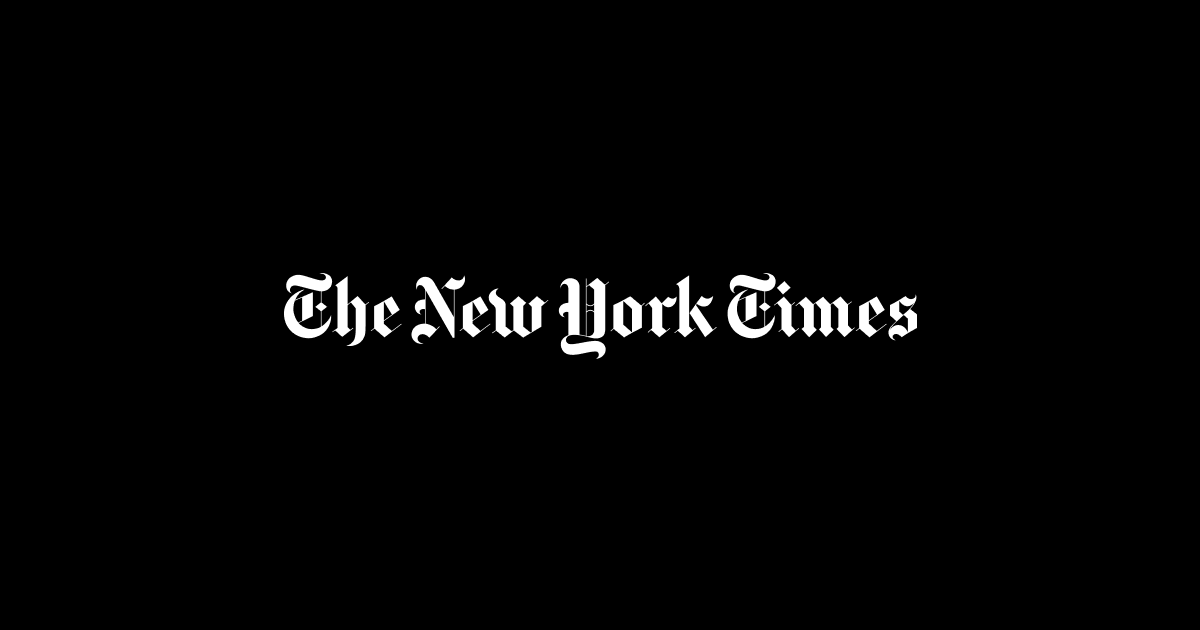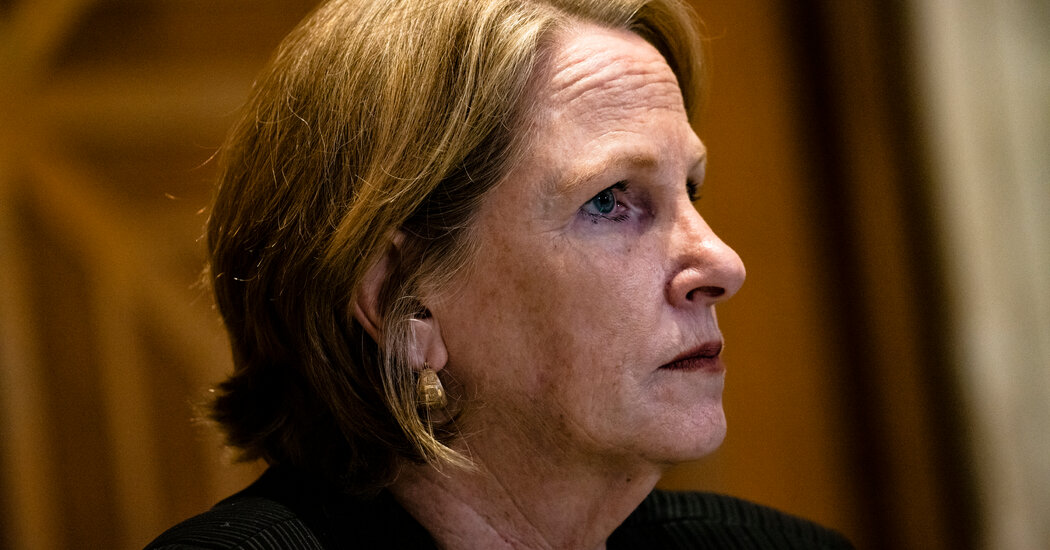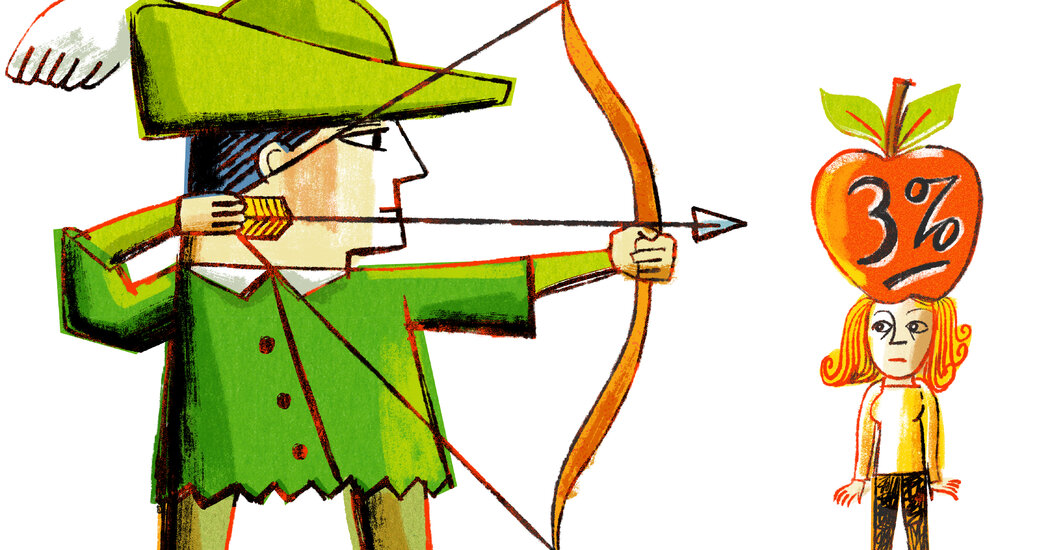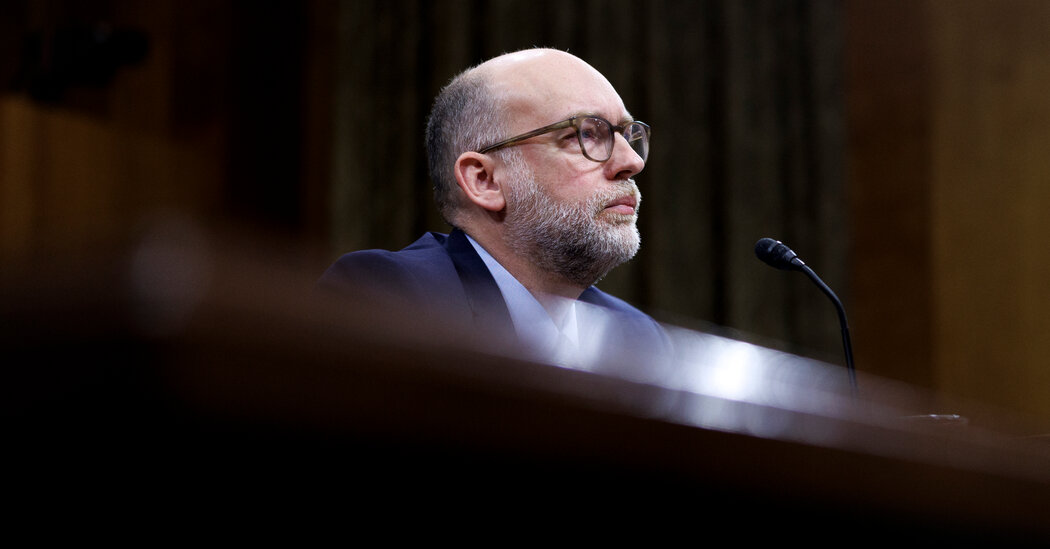Federal Reserve officials have been looking for further evidence that their interest rate increases over the past two years are weighing on the economy and job market, and Friday’s employment report roundly provided that signal.
Average hourly earnings, a measure of wage growth, climbed 3.9 percent in April from a year earlier. That was both cooler than the previous reading and slightly cooler than the 4 percent economists had forecast.
That moderation came as job gains slowed, the unemployment rate ticked up slightly and average weekly hours nudged down. The overall picture was one of a labor market that remains solid but is gradually slowing — exactly what officials at the Fed have been looking for.
Central bankers generally embrace a strong job market: One of their two mandates from Congress is to foster maximum employment. But when inflation is rapid, like it has been since 2021, officials worry that a hot labor market could help to keep price gains elevated. If employers are competing for workers and paying more, they are likely to also try to charge more, the theory goes. And workers who are earning slightly bigger paychecks may have the wherewithal to pay more without pulling back.
Given that, Fed officials have been keeping an eye on the job market as they contemplate their next steps on interest rates. At the Fed’s policy meeting this week, officials kept interest rates at 5.3 percent, the highest level in more than two decades. The central bank started 2024 expecting to cut rates several times, but those plans have been delayed by surprisingly stubborn inflation.
While inflation is the main thing determining when and how much borrowing costs can come down, Jerome H. Powell, the chair of the Federal Reserve, made it clear this week that central bankers are also watching what happens with hiring and pay.
Mr. Powell emphasized repeatedly this week that the Fed did not specifically target wage growth when setting policy, but he also suggested that pay gains might need to slow further for inflation to come down sufficiently and in a lasting way — which means that Friday’s numbers could be a welcome development.
“We don’t target wages; we target price inflation,” he said. When it comes to cooling the economy, he said, “part of that will probably be having wage increases move down incrementally toward levels that are more sustainable.”
Stock indexes picked up after the report, as investors welcomed the more moderate data as a sign that interest rates may not stay high for as long. Investors in assets like stocks tend to prefer low rates.
Mr. Powell laid out several possibilities for what could come next with rates, and the job market is a factor in some scenarios.
A combination of persistent inflation and continuing strength in the labor market could prompt the Fed to leave rates unchanged for longer, he said. But if inflation begins to cool again, that would pave the way for rate cuts, Mr. Powell said. So, too, could evidence that the job market is cooling unexpectedly.
Friday’s small tick up in unemployment was probably not enough to meet that standard. Mr. Powell suggested this week that it would take more than a small jump in unemployment for the Fed to feel that the job market was struggling enough to merit lower rates.
“It would have to be meaningful and get our attention and lead us to think that the labor market was really significantly weakening for us to want to react to it,” he said, adding that an increase of a couple of tenths of a percentage point in the unemployment rate would probably not meet that standard. “It would be a broader thing,” he said.




Your point of view caught my eye and was very interesting. Thanks. I have a question for you.